China has its sights on Taiwan — here's what Taiwan's military needs to keep Beijing at bay

Aggressive Chinese military activity and rhetoric directed at Taiwan has raised the specter of Beijing forcefully reunifying the island country with the mainland.
The likelihood of a direct military action still appears low, but the increasingly tense situation has drawn attention to the growing gap between China's modernizing military and Taiwan's aging force.
The Taiwan Strait is quickly becoming the tensest it has been in decades.
China has directed aggressive rhetoric and military activity toward Taiwan, and while the likelihood of a direct attack remains low, the rising tensions come as China's military expands and Taiwan's military grows increasingly outdated.
This week, Chinese state-run tabloid Global Times published an op-ed saying Taiwan's current status "will definitely come to an end" and that China will "teach Taiwan independence forces a hard lesson."
Last month, the People's Liberation Army's (PLA) Eastern Theater Command published a video of soldiers charging through jungles, mountains, and beaches, and launching ballistic missiles.
The command stated that "if war breaks out, this is our answer!" and one scene even showed soldiers in full chemical protective gear running by a massive ballistic missile.
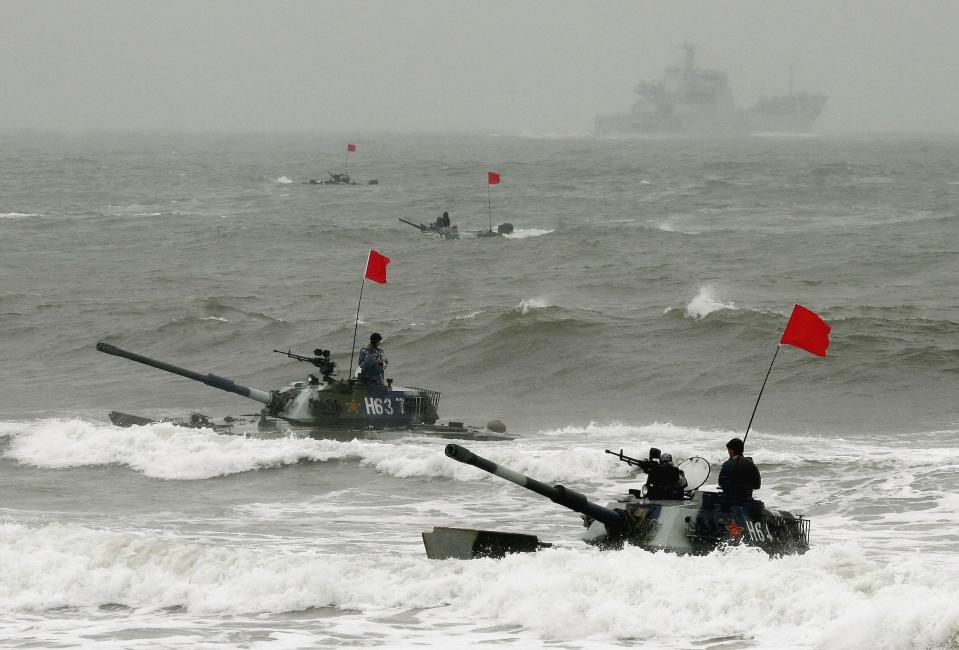
The provocative actions come amid a flurry of Chinese military activity.
China launched a series of ballistic missiles in the South China Sea and conducted live-fire amphibious assault drills in August. In September, Chinese forces practiced large-scale minesweeping operations and stepped up reconnaissance operations around Taiwan.
This month, Taiwan's defense minister said that Chinese aircraft have crossed the Taiwan Strait's median line — an unofficial boundary between Taiwan and the mainland — 49 times this year, the most since 1990.
The minister also said more than 8% of Taiwan's military budget for this year had been spent on responding to the incursions.
The increase in tensions is another reminder of the massive threat Taiwan faces. It also comes as Taiwan's military is increasingly outgunned by China.
Aging equipment
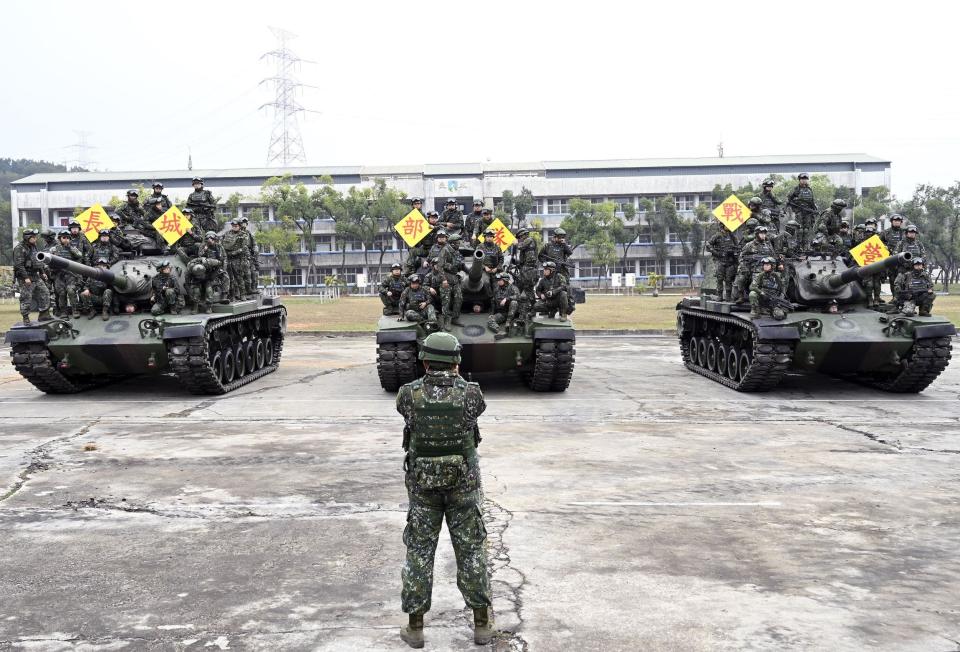
Taiwan's military has historically been superior to China's. Taipei's close ties to the US guaranteed it access to some of the most advanced weapons available.
It has operated US-made U-2 spy planes and was the first country to shoot down an enemy aircraft with the AIM-9 Sidewinder missile. Even today, Taiwan's Apache Longbow helicopter gunships and Patriot missile batteries are still among the most advanced systems in service with any military.
But the gap between the two is closing fast. The US and Europe have for years held off on arms sales in an attempt to foster better relations with China, leaving Taiwan's military with a lot of largely outdated equipment.
Most of Taiwan's armored force — including all of its tanks — is hopelessly outdated. Two of its four submarines were built during World War II, and much of its surface fleet is made up of destroyers and frigates from the 1970s or 1980s
.
To make matters worse, Taiwan faces a host of logistical problems that seriously affect every branch of its military, according to a report from the Project 2049 Institute.
In 2015, for instance, just eight of 30 Apaches were available. One active-duty soldier even said he believed only 30% of Taiwan's tanks are in running condition with functional weapons.
Debates about defense
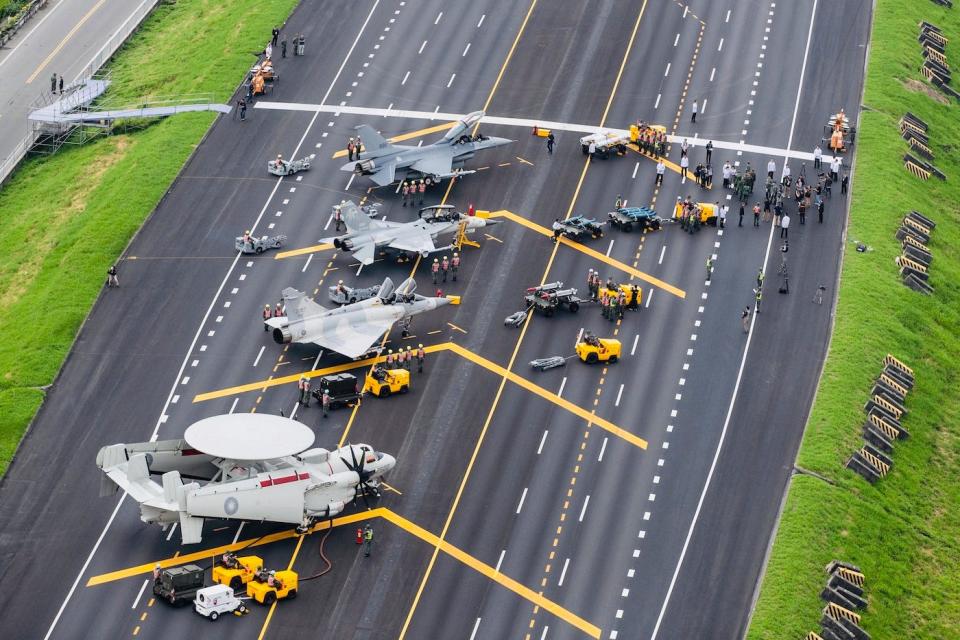
The outdated hardware stands in stark contrast to China's massive and increasingly modern force, which includes the largest aerial force in the region, the world's the largest navy, and, perhaps most importantly, one of the largest and most diverse ballistic missile arsenals in the world.
The meteoric growth of China's military, its missile force in particular, has led to debate about the value of weapons like Taiwan's fighter jets and its surface fleet, which some believe would be destroyed before they even reach the battlefield.
These arguments overlook the fact that Taiwan has to defend itself from more than just a Chinese invasion.
"It's worth pointing out that Taiwan does have other defense needs aside from planning for an extremely low probability Chinese attack," Timothy Heath, a senior defense researcher at the Rand Corporation, told Insider.
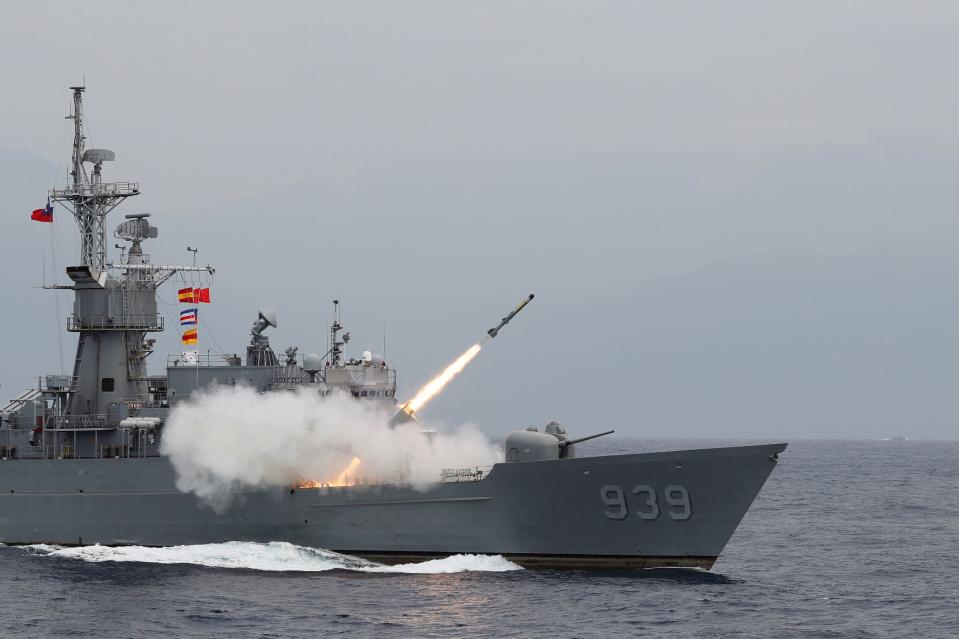
Taiwan needs those platforms to be able to deter or respond to provocations, ranging from Chinese aerial incursions to low-intensity blockades and attempts to pressure Taiwan and its islands — some of which are deep in the South China Sea.
Especially important is the ability to respond to "gray zone" operations, similar to ones China conducts against Japan.
"Taiwan doesn't have the luxury of just preparing for war. They also have to prepare for a constant, protracted crisis," said Ian Easton, senior director at the Project 2049 Institute and author of "The Chinese Invasion Threat: Taiwan's Defense and American Strategy in Asia."
While Taiwan's platforms are vulnerable, they provide a vital deterrent and first line of defense.
"The objective is not just to fight and win a war," Easton said. "The primary objective of most strategists is to avoid war in the first place, to put so much pressure on your enemy that he never attacks you."
New hardware on the way

Furthermore, Taiwan continuing to arm itself with conventional weapons and the pursuit of asymmetrical and anti-access/area denial (A2/AD) weapons is not an either-or choice.
"The smartest strategy for Taiwan is to do both," Heath said. "They can probably get by with a smaller number of prestige platforms and weapon systems and invest more into these relatively more cost-effective A2/AD weapon systems."
Taiwan has increased its defense budget and recently purchased 66 F-16 fighters from the US. It plans on buying more major weapons, including M1A2 Abrams tanks, anti-ship missiles, drones, and sea mines, as well as advanced rocket-artillery systems and cruise missiles capable of striking the mainland
Taiwan is also investing heavily in its own defense industry. It launched its first fast mine-laying ship in August and will begin construction on the first of eight modern and domestically built submarines in November.
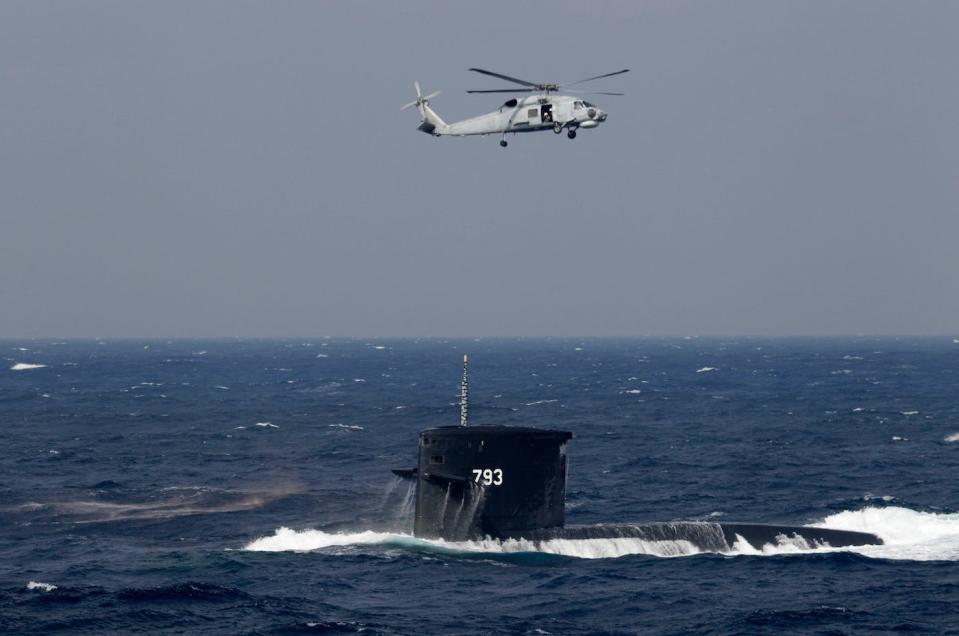
The increase in arms sales and the type of weapons being purchased indicate that Taiwan and the US are getting serious about the island's defense.
"I think now it's a race," Easton said of the US and Taiwanese efforts. "It's a race for the US to update and get ready for strategic competition and to defend Taiwan, and it's a race for Taiwan to do the same."
But Taiwan cannot rely on arm sales alone to fend off China, mainly because it will take the better part of a decade to build, obtain, and fully integrate those weapons into Taiwan's military.
Keeping Beijing at bay will most likely require a deeper and more public commitment by the US to defend Taiwan, such as joint training or stationing US troops in Taiwan. But those actions will undoubtedly anger China, something many in both Washington and Taipei are reluctant to do.
"It's not just a hardware issue," Easton said. "It's also an issue of political will."
Read the original article on Business Insider

